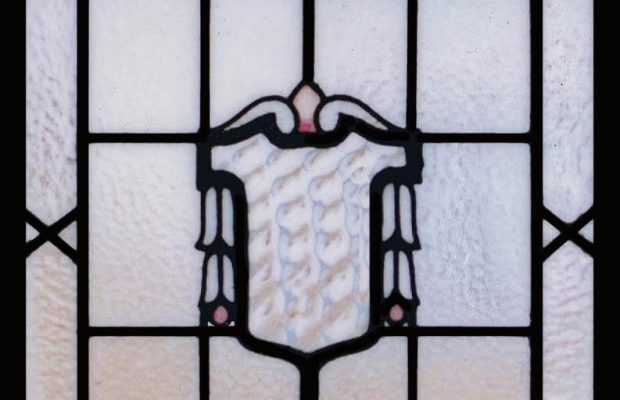
Here at Scottish Stained Glass, we have the utmost respect for the tradition and history of stained glass, but it is not that often that we find “stained glass history” in the making. So we were fascinated to discover this article in the Stained Glass Quarterly, entitled: “Building Bridges of Glass – How Stained Glass Windows are Furthering Peace in the Middle East.”
Read this article here:
The history of stained glass windows in that part of the world is believed to even predate the most ancient pieces discovered in Europe. Perhaps this is not surprising, considering that the Middle East is a sandy, arid desert land, and the main component of glass is sand!
The ancient Arab cultures there actually made windows using thin slabs of translucent alabaster, with pieces of colored glass inserted. Apparently in the ancient city of Sana’a, in Yemen, (a UNESCO World Heritage Site) many of the tall slender buildings contain vividly colored stained glass. The ancient Arab methodology entailed cutting the glass into pieces known as mullions, then attaching them with strips of gypsum into beautiful abstract patterns.
Although religious icons and biblical scenes were the hallmark of medieval European stained glass art, this kind of storytelling never developed in the Middle East. Stained glass was used strictly for decorative purposes… until recently.
For their 75th birthday, St. John’s Church in Cairo approached an American artist, Deborah Balchen, to create 9 oil paintings depicting various Biblical stories concerning Egypt, stories that were also mentioned in the Qur’an. One of the missions of this highly respected church has been to build a bridge between Christians and Muslims via the arts, to show how East and West can work together and even enhance each other’s’ spiritual lives. The paintings were to be used as the foundation of 9 stained glass windows that were created by Egyptian stained glass artist Dr. Ahmed Nabil and his son Amr, under the guidance of Deborah Balchen, who was living in Cairo at the time.
The nine finished stained glass windows were installed in January of 2006, and the opening of the exhibition, including the windows and the nine original oil paintings, was widely attended and praised by both Christians and Muslims.
A year later, Deborah was commissioned to do a larger set of windows by Nobel Peace Prize finalist Archbishop Chacour, for The Church of the Sermon on the Mount in Galilee, Israel. His charge to Deborah was to create windows that offer the message of peace and the all inclusive nature of God – a challenge she happily accepted.
The article contains wonderful photos of the Deborah Balchen’s oil paintings and all the stained glass windows, as well as a lot of fascinating information about how she researched the project, where she got her inspiration from, and the initiatives of the various churches involved to bring peace and harmony to that fractured and troubled part of the world.
What an inspiring stained glass project! As stained glass artists, we are honored to be a part of this amazing tradition of art, one that stretches back many centuries around the world, and continues to make history to this day.
Contact us to work with one of our talented stained glass artists, to make your own individual piece of stained glass history!
© Scottish Stained Glass 2000- All Rights Reserved | A Part of Scottish Group Companies